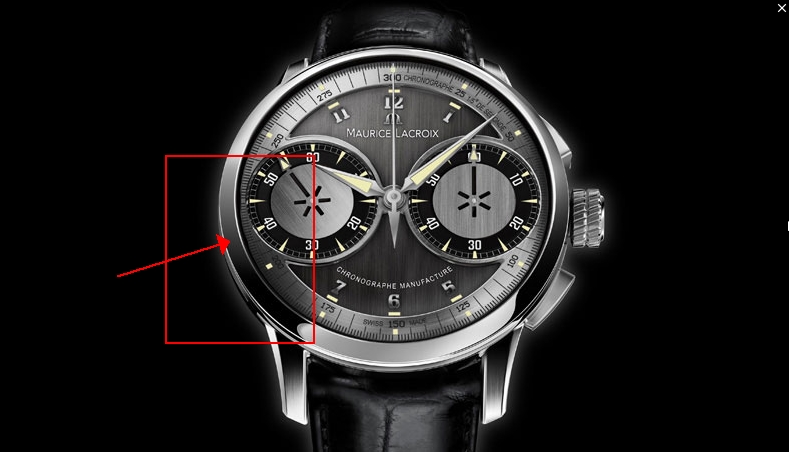I would love to achieve same reflections. Anyone have any idea how they set up the lights?
http://www.i-reel.fr/#/maurice-lacro...iece-memoire-1
http://www.i-reel.fr/#/maurice-lacro...iece-memoire-1
IMPORTANT Chaos License Server update January 28th 2025.
If you have not yet updated your License Server to version 6.1 or above and are unable to access your license please follow these simple instructions HERE. I think you need also be prepared to spend some time and patiently tweak your rig to get such nice lighting.
I think you need also be prepared to spend some time and patiently tweak your rig to get such nice lighting. with mapped vray lights.
with mapped vray lights.
Comment